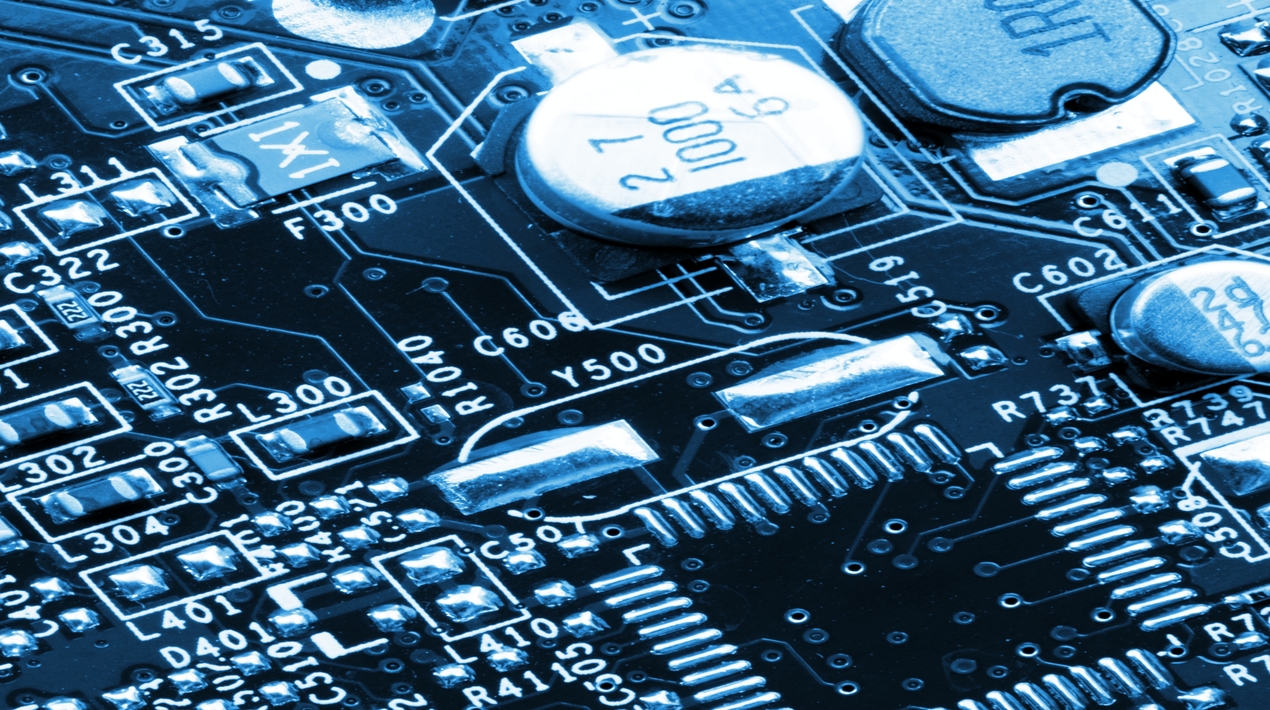
The COVID-19 epidemic in 2020 slashed global vehicle sales and led to a shrinkage of the industry to US$ 6,261 million. Yet as the epidemic gets under control, sales have started to rise significantly. Moreover, the growing penetration of Advanced Driver-Assistance Systems (ADAS) in new energy vehicles will favour sustained growth in the Printed Circuit Board (PCB) industry, projected to pass US$ 12 billion in 2026.
At present, Taiwan is one of the leading countries in the PCB industry. According to Taipei Printed Circuit Association (TPCA), Taiwan’s Printed Circuit Board industry has temporarily led the global market with a 33.9% market share. Taiwan can maintain its technological lead for 3-5 years if the government sets up a global hub of advanced PCB fabrication and pursue autonomy in the supply of PCB materials.
Observations in terms of the performance of various PCB products by Taiwanese manufacturers show that the IC substrate and HDI with the most brilliant performance were the stars in 2020. Benefiting from chips and high-speed memory, the IC substrate demand increased up to 16%. Despite the decline in the overall mobile market, the demand for high-standard baseboards from smartphones also boosted HDI growth by 9.6%.
The demand for FPCB also increased by up to 6% due to the launch delay and hot sales of US mobiles. Thanks to the business opportunities from work from home, distance learning, and videoconferencing that boosted the demand for laptops and the gradual recovery of automotive sales, the sales of multilayer boards also increased by 2% at the rebound in the second half of the year after a slump in the first half of the year.
Regarding the rigid-flex board, the only PCB product that experienced a decline in 2020, manufacturers needed to find a new market outlet through product reform due to the battery demand fall after the global smartphone decline. Taiwan’s PCB industry’s overall performance showed a surprise with a brilliant overall performance.
Despite the continuation of the pandemic, the launch of vaccines for COVID-19, the upheavals in the global situation, the transition from 4G to 5G telecommunication technology in 2021 will bring an overall growth to major PCB products. These include PCBs for smartphones, laptops, wearables, servers, self-driving cars, and network equipment, where the strong momentum of wearables, self-driving cars, and network equipment will even lead to the growth of the entire electronics industrial chain.
While Taiwanese PCB manufacturers still capture strengths in technology and quality, and alongside Taiwan’s world-leading semiconductor and ICT industries, besides enjoying the geographic advantages, Taiwan’s PCB industry can take advantage of Taiwan as the world-leading IC substrate production base. Therefore, Taiwan’s PCB industry must upgrade to advance processes to catch the tremendous business opportunities alongside Taiwan’s semiconductor industry’s evolution.
As reported by OpenGov Asia, Semiconductor manufacturers moving into the 2 nm process are facing challenges in accurately measuring the dimensions of key components, such as transistor structure, size and film thickness. The Department of Industrial Technology (DoIT) under the Ministry of Economic Affairs (MOEA) has coordinated with the British Office Taipei in jointly promoting cooperation between Taiwan’s Industrial Technology Research Institute (ITRI) and a leading UK manufacturing company.
According to statistics, the size of the market for semiconductor measurement and testing equipment in 2020 was US$4.1647 billion, and it is expected to reach US$5.3734 billion by 2026. The DoIT stressed that based on Taiwan’s cutting edge in its complete semiconductor industry chain and 2 nm manufacturing technology, the constitutes a milestone in the advanced measurement of semiconductors and will accelerate the development of inspection technologies.
Amid the ever-changing development of semiconductor technology, advanced measurement technology will be seen as a key to success in semiconductor manufacturing. It will highlight the role of measurement technology in system integration and cross-field innovation, further assisting the industry in transition and upgrading.
















